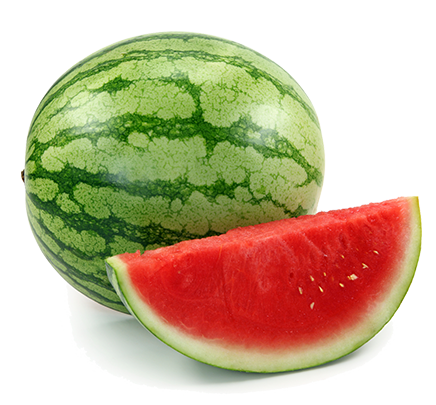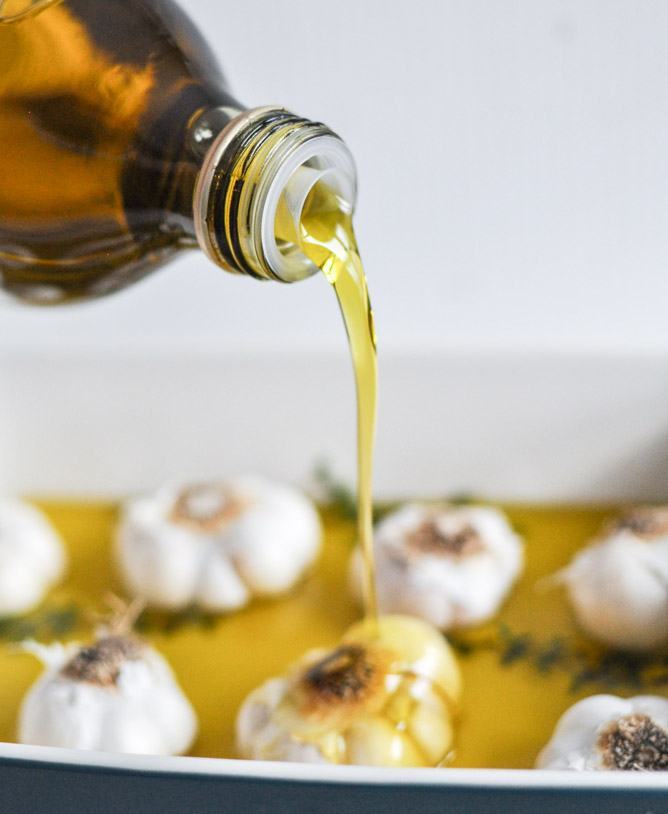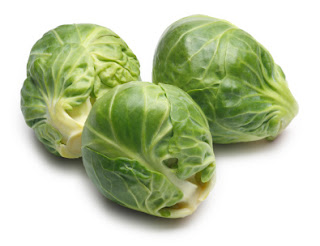
Citrullus vulgaris popularly referred to as water melon is a member of the family curcurbitaceae. About 92% of its fruit is composed of water and sugar (fructose). It is cultivated for its large and sumptuous fruit.
Lycopene, a dynamic carotenoid antioxidant which gives fruits and vegetables their characteristic bright colors (Pink and red) is highly concentrated in water melon
Watermelon fruits are consumed as dessert, served cold and eaten in slices. Subsequent paragraphs explains the nutritional and health value of water melon
Water melon is very effective for overcoming heat stress. It relieves restlessness, thirst and is a good diuretic which helps the liver transform ammonia and also aids the flow of urine
It also contains citrulline, a type of amino acid which helps to reduce muscle pain

In addition , the whole fruit serves as fruit and vegetable as both its seed, juice and its bark are highly nutritious, more so, the back or rind of a water melon contains more blood building pigments and amino acid*(Citrulline) than the red juicy potion.
The kidney converts the phytochemical citrulline to arginine, an important for fighting pathogens, maintaining the immune system and cardiovascular membrane.
More so, since water melon is mainly composed of water, it keeps the body hydrated and prevents dehydration. Recent studies have shown that water melon has a lot of health benefits owing to the presence of excellent phytochemicals embedded in it.
It helps to relax the blood vessel and also enhances the supply of blood to appropriate channels, thereby improving erectal dysfunction.
In addition, citrulline inhibit the activity of Tissue non specific alkaline phosphate (TNAP),thus, preventing accumulation of excess body fat.
Lycopene also reduces the activity of two major bone cells involved in the pathogenesis of osteoporosis. The presence of abundant potassium in water melon, helps to conserve calcium in the body which accounts for its capacity to support bones and joints development.
Apart from the presence of citrulline and lycopene, it is also rich in other phenolic compounds such as flavanoids and triterpenoids which neutralizes excess oxidant (free radicals) and lowers inflammation. In addition, it provides anti-inflammatory anchor by blocking the activity of cyclo-oxygenase enzymes.
Likewise the presence of beta carotene accounts for its ability to prevent night blindness and regulates skeletal and mucus cavities. The existence of Vitamin C in water melon explains its role in the development of new connective tissues.
Whats more , it serves as a skin and hair moisturizer and supports development of new collagen cells.
And as for gastroinestinal disorders such as indigestion. Water melon is just the right natural fruit remedy which aids digestion and ensures the digestive tract is well regulated.
Citrullus vulgaris is indeed a reservoir of beneficial nutrients needed by the body for regulation and maintenance of tissues, organs and systems.
In like manner, presence of antioxidants such as lutein, zeaxanthin, beta-carotene, lycopene and cryptoxanthin has been found to safeguard against breast, lung, colon and pancreatic cancer thus protecting the body from free radical.
Best way to consume water melon is by eating it raw though most people prefer extracting the juice.
However, to get maximum satisfaction and nutrients ingrained in the plant, the whole fruit should be eaten.























































